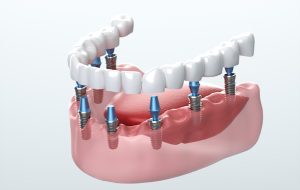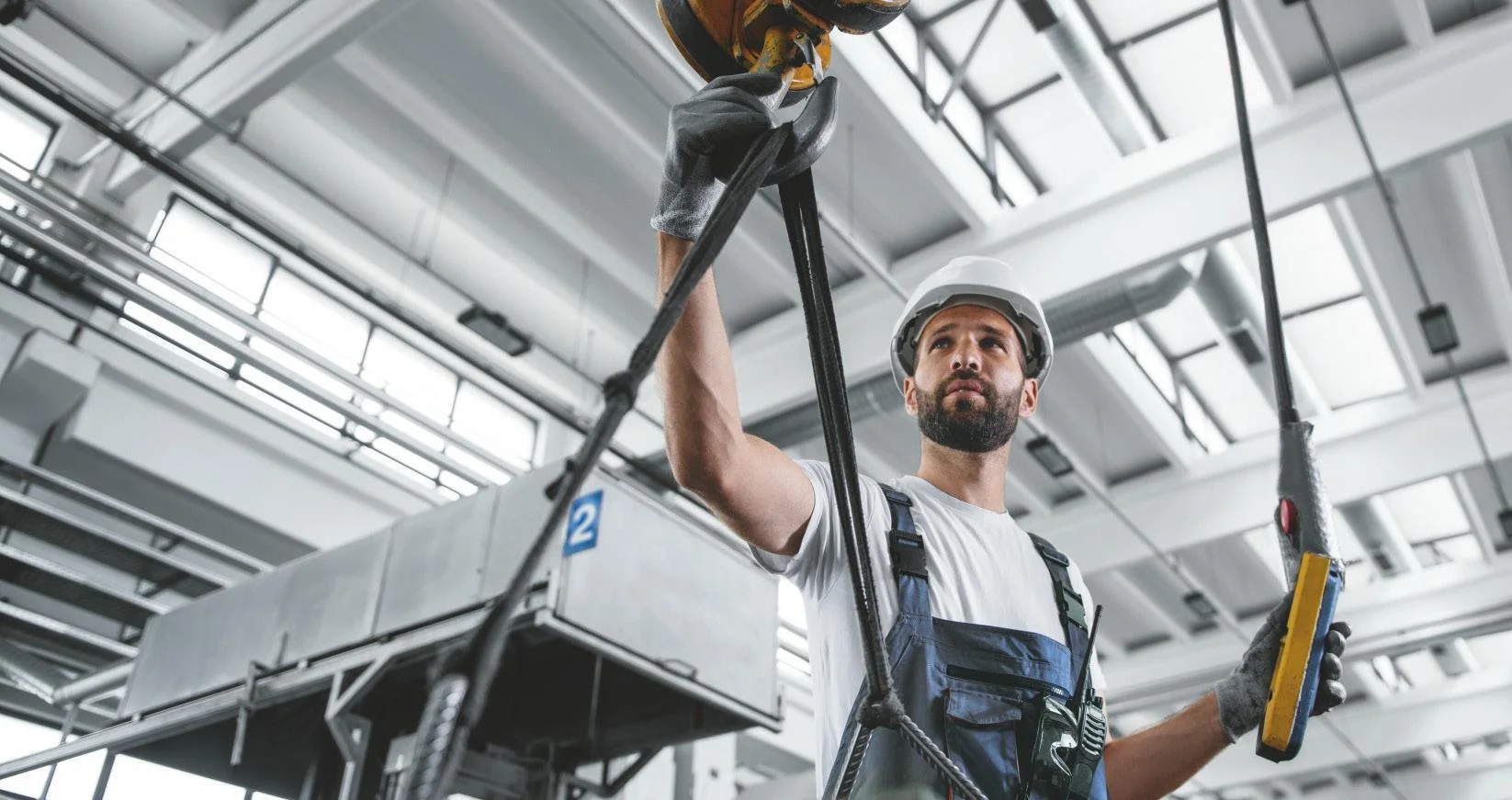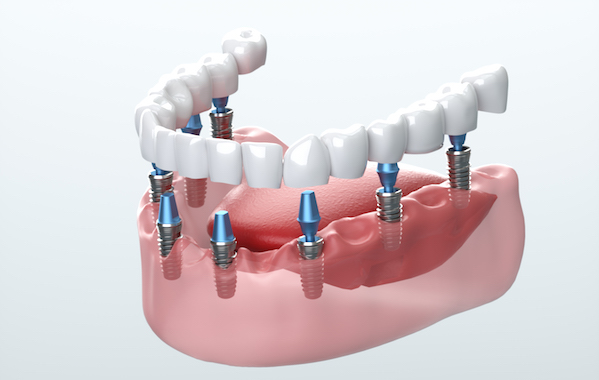Have you ever watched a high-flying circus act or a massive construction project and wondered how everything stays in place so perfectly? The answer lies in the world of rigging equipment. From towering cranes to intricate theatrical setups, rigging equipment plays a crucial role in ensuring the safety and efficiency of various industries. In this article, we will explore the different types of rigging equipment and their fascinating uses, providing insight into the tools that make seemingly impossible feats possible. So buckle up (or should we say, strap in?) as we dive into the exciting world of rigging gear!
Types of Rigging Equipment:
When it comes to rigging equipment, there is a wide range of tools and gear that serve different purposes in various industries. One essential type is wire ropes, which are durable and flexible components used for lifting and pulling heavy loads. Shackles are another crucial piece of rigging equipment, available in different shapes and sizes to accommodate specific needs such as connecting chains or slings.
For more specialized tasks, hoists play a vital role in lifting and moving heavy objects with precision and control. These mechanical devices come in various designs including chain hoists, lever hoists, and electric hoists. Each type offers unique benefits depending on the requirements of the job at hand. Understanding the diverse types of rigging equipment available can help ensure safety, efficiency, and success in any rigging operation.
Slings: Flexible straps for lifting heavy objects
Slings are often underestimated in their importance when it comes to lifting heavy objects. These flexible straps play a crucial role in ensuring the safety and stability of the load being lifted. Unlike chains or cables, slings conform to the shape of the object, reducing the risk of damage during transportation.
There are various types of slings available, each with its unique characteristics that cater to different lifting needs. From nylon web slings for light-duty tasks to polyester round slings for heavy loads, choosing the right sling is essential for ensuring efficiency and safety in rigging operations. Additionally, incorporating proper techniques such as adjusting sling angles can further optimize lifting capabilities and prevent accidents.
Shackles: Connects chains, ropes, or cables securely
Shackles play a crucial role in the realm of rigging equipment, serving as the secure link between chains, ropes, or cables. These unassuming devices may seem simple in design, but their significance cannot be overstated. With various types available, such as screw pin shackles and bolt-type anchor shackles, choosing the right one for the job is vital to ensure safety and efficiency in rigging operations.
One of the key advantages of shackles lies in their versatility across different industries and applications. Whether used in construction projects to lift heavy loads or in maritime settings to secure sailing rigs, shackles provide a reliable connection that withstands immense pressure. Their robust construction and ability to handle high loads make them indispensable tools for professionals working with rigging equipment.
Furthermore, shackles come in different materials like stainless steel or galvanized steel, allowing users to select the most suitable option based on environmental factors and load requirements. This diversity underscores the adaptability of shackles in various working conditions and ensures optimal performance across different scenarios. Ultimately, understanding the nuances of these seemingly humble components elevates the effectiveness and safety of rigging operations.
Hoists: Device to lift and lower loads
In the world of rigging equipment, hoists stand out as powerful devices designed to efficiently lift and lower heavy loads. These versatile tools come in various forms, from manual chain hoists to electric wire rope hoists, each serving specific needs in different industries.
What sets hoists apart is their ability to provide controlled movement, ensuring precise positioning of loads with enhanced safety measures. The evolution of hoist technology has revolutionized many industries by increasing productivity and streamlining processes that would have been impossible without these devices.
When considering rigging equipment for a project, choosing the right type of hoist plays a crucial role in ensuring smooth operations and minimizing risks associated with lifting heavy objects. With advancements in design and features, modern hoists offer enhanced functionalities that cater to a wide range of applications, further solidifying their importance in various sectors.
Pulleys: Used to change the direction of force
Pulleys are a fundamental component of rigging equipment, essential for changing the direction of force in various applications. These simple yet versatile devices play a critical role in lifting heavy loads with ease and efficiency. By redirecting the force needed to lift an object, pulleys increase mechanical advantage, making it easier for workers to hoist materials to elevated heights without exerting excessive physical effort.
One fascinating aspect of pulleys is their ability to work in conjunction with other rigging equipment, such as ropes and harnesses, creating a system that amplifies the lifting power while ensuring safety. This synergy between different elements highlights the importance of proper coordination and understanding of how each component contributes to overall functionality. By mastering the strategic placement and configuration of pulley systems, riggers can optimize workflow efficiency and enhance workplace safety standards.
























+ There are no comments
Add yours